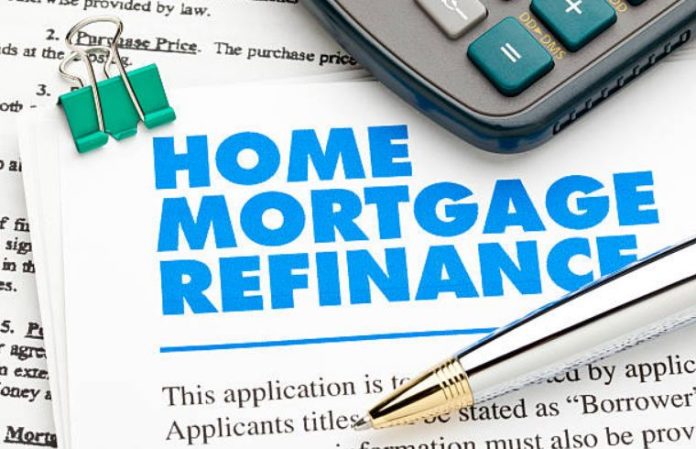To refinance a mortgage means to take out a secured loan in order to replace an existing one with the same collateral involved.
The most common refinancing consumers undertake is the refinance of a home mortgage. Refinancing can be a good option for some people to consider, but it is not an automatic good choice for everyone.
People should seek advice from professionals and take stock of the particulars of their own financial situation before committing to a mortgage refinance.
But why do people refinance their mortgages? Here are the different reasons why people chose to refinance a mortgage.
For Extra Cash
They need access to extra cash to pay their kids’ tuition, pay off high-interest bills or improve their home.
They can get this by doing a cash-out refinance of their mortgage for an amount higher than their current principal. The excess amount is turned into cash.
For Lower Rates and Other Reasons
They want to lower the interest rate on their loan. Several factors influence the interest rate a borrower is given at the commencement of a mortgage, such as credit rating and solvency, but the chief of these is the prime rate put out by a major financial institution such as the Bank of England or other central banks.
When people refinance, they can trade the higher interest rate of their original deal for a lower one. This means lower monthly payments as well.
They want to replace their high-interest loan with one providing a lower rate. This is only advisable if the homeowners are going to stay with the property long enough to realize the benefits of the additional costs they will incur.
Thus, they have to live at their home long enough to make it past the break-even point, point in the loan where the savings exceed the costs of refinancing the mortgage.
They want to convert their ARM into one which has a lower interest rate or features better protection for them, such as payment caps or different terms of repayment.
They want to get out of Private Mortgage Insurance (PMI). If the homeowner was unable to pay a certain amount as down payment when originally purchasing the home – say, 20 percent – they might have been obliged to purchase PMI as an additional level of security for the lender.
If they have increased their income, steadily paid off their mortgage or the property has appreciated in value, then the equity could have risen above that amount, and the PMI may no longer be needed.
They want to turn an Adjustable-Rate Mortgage (ARM) into a fixed-rate one. The lower initial payments of an ARM can be alluring to people who have an insecure financial future or when interest rates are low.
These turn into a liability when the rates rise or when the homeowner has decided to stay in the property for a long duration.
At such times, the stability of a fixed-rate mortgage deal, in which payments remain steady regardless of the state of the economy, might be more desirable.

